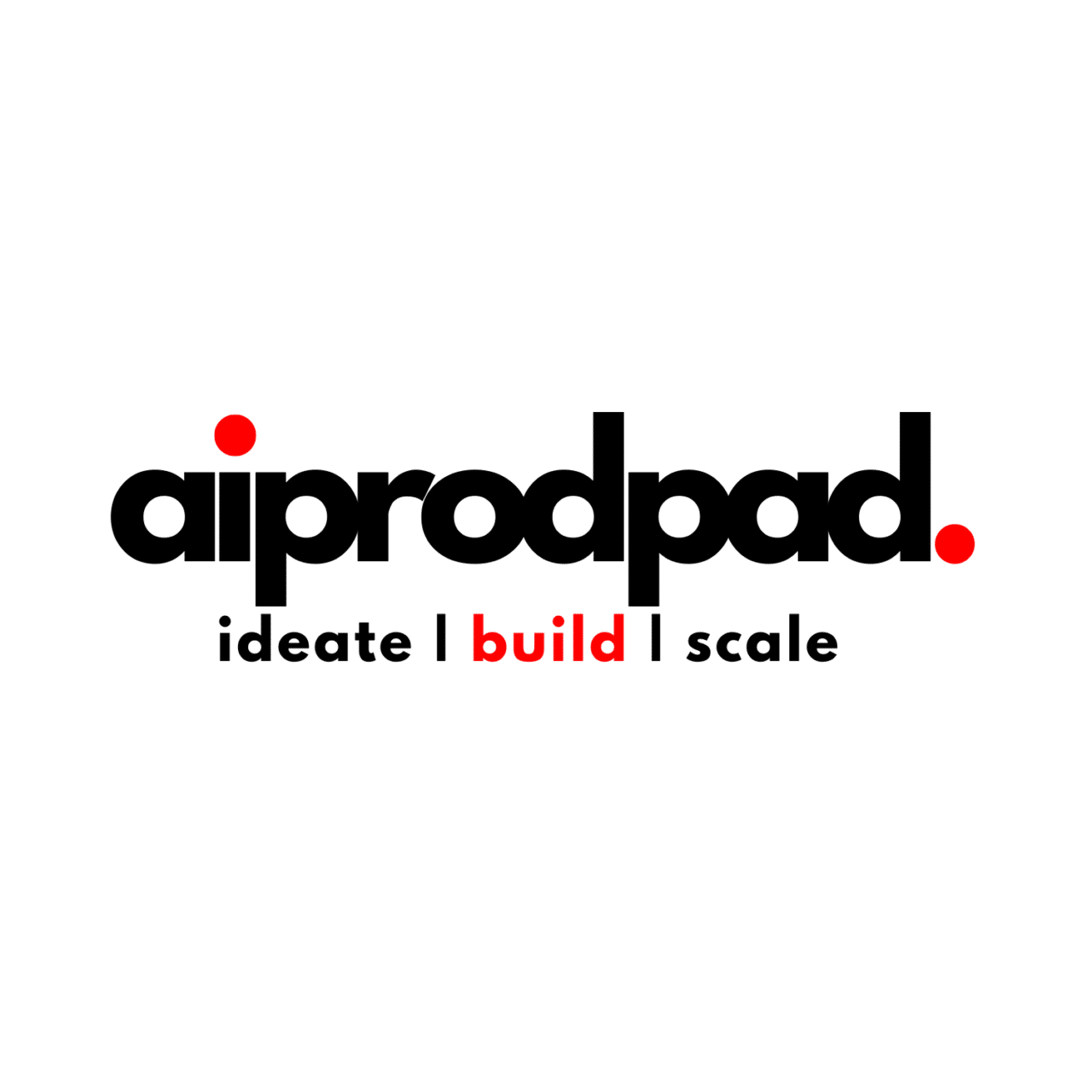Product requirements document (PRD): A document that describes the features, functionality, and requirements for a product or service. The PRD is used to communicate the product vision to the development team and ensure everyone is on the same page.
The Power of a Product Requirements Document: A Comprehensive Guide
In the fast-paced world of product development, clarity and direction are key. This is where a Product Requirements Document (PRD) comes into play. But what exactly is a PRD, and why is it crucial for organizations seeking to develop successful products? Let’s delve in.
Defining a Product Requirements Document
A PRD is a comprehensive, actionable document that outlines a product’s purpose, features, functionality, and behavior. It serves as a roadmap guiding the product development process, providing a clear vision of what needs to be built and why.

Why is a PRD Essential?
A well-crafted PRD is vital for several reasons:
- Clarity and Direction: It provides a clear understanding of the product’s purpose, features, and how it should work, minimizing ambiguity.
- Alignment: It ensures all stakeholders, from designers and developers to marketing and sales teams, are aligned towards a common goal.
- Efficiency: It helps streamline the development process, ensuring tasks are prioritized correctly, deadlines are met, and resources are efficiently utilized.
- Customer Satisfaction: It keeps customer needs and expectations at the forefront, ensuring the final product resonates with its intended users.
Key Components of a PRD
A comprehensive PRD typically includes:
- Purpose: What problem does the product solve? Who is it for?
- Features: What are the product’s key features? How do they address user needs?
- User Experience: How will users interact with the product? What’s the desired user journey?
- Technical Requirements: What are the technical specifications for the product?
- Timeline: What are the key milestones and deadlines?
- Budget: What are the estimated costs involved in the product’s development?
Crafting a Successful PRD: Best Practices
Creating a successful PRD requires strategic thinking, clear communication, and attention to detail. Here are some best practices:
- Be Specific: Avoid ambiguity by defining the product’s features, functionality, and user interactions.
- Use Clear Language: Keep the language simple and understandable for all stakeholders, avoiding technical jargon.
- Stay User-Centric: Keep the user at the center of your PRD. Understand their needs, preferences, and pain points.
- Be Actionable: Every aspect of your PRD should guide action. Make it clear what needs to be done, by whom, and by when.
- Iterate and Update: A PRD is not a static document. It should evolve with the product, incorporating feedback and new insights.
In conclusion, a well-crafted PRD is more than just a document. It’s a strategic tool that aligns teams, guides development, and ensures the final product meets user needs and business goals. By following the best practices outlined above, organizations can create effective, actionable PRDs that pave the way for successful product development.
